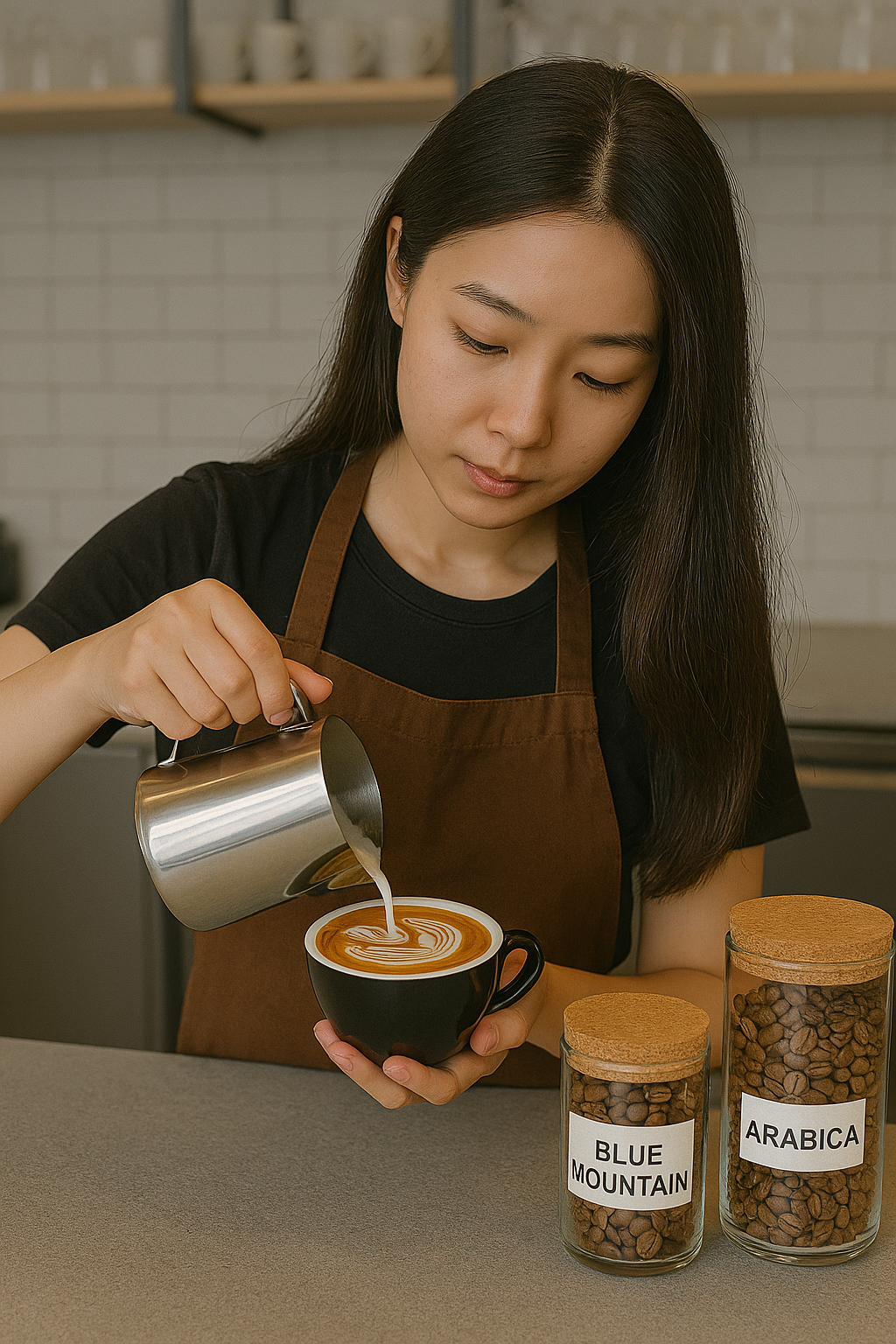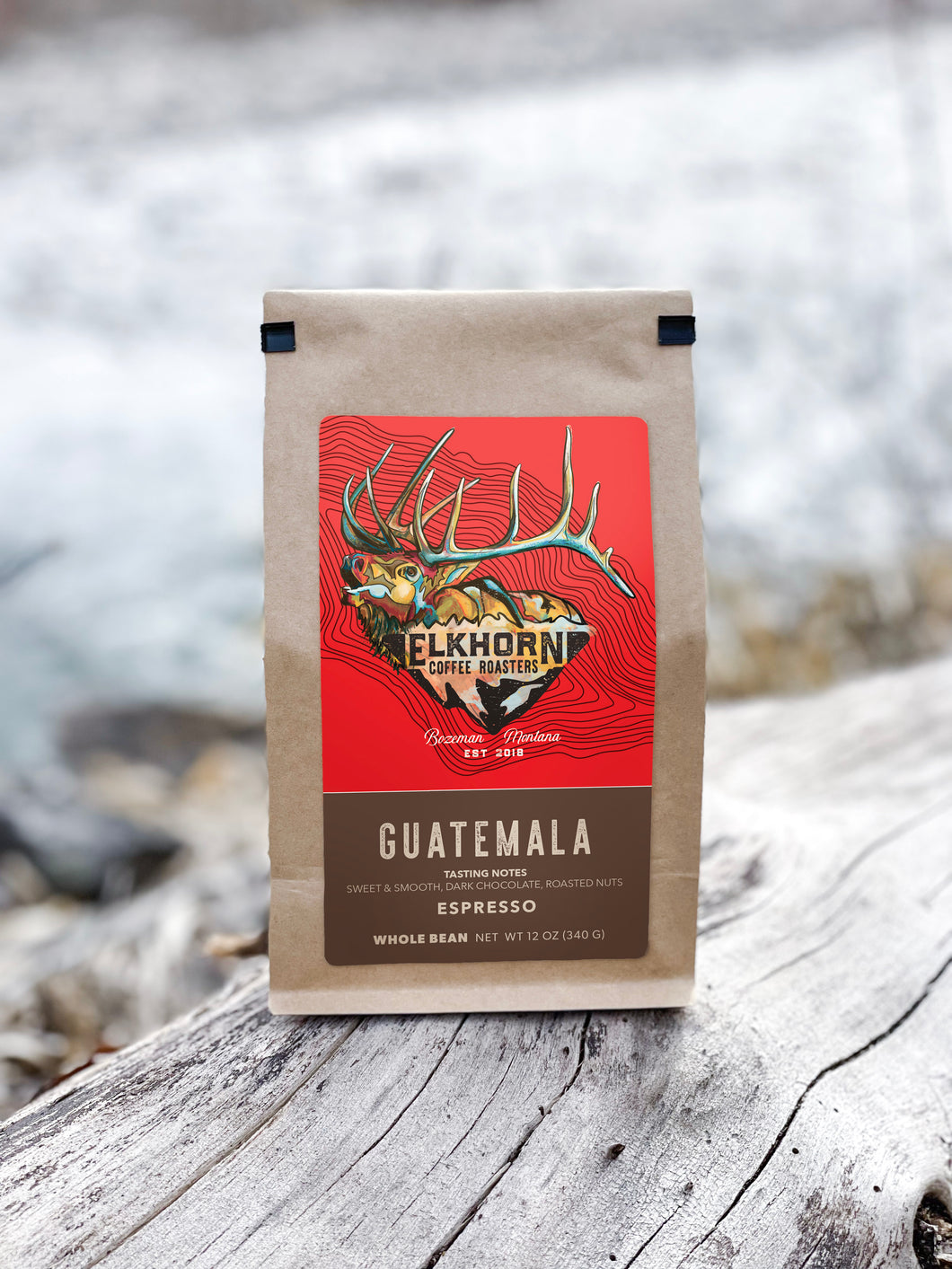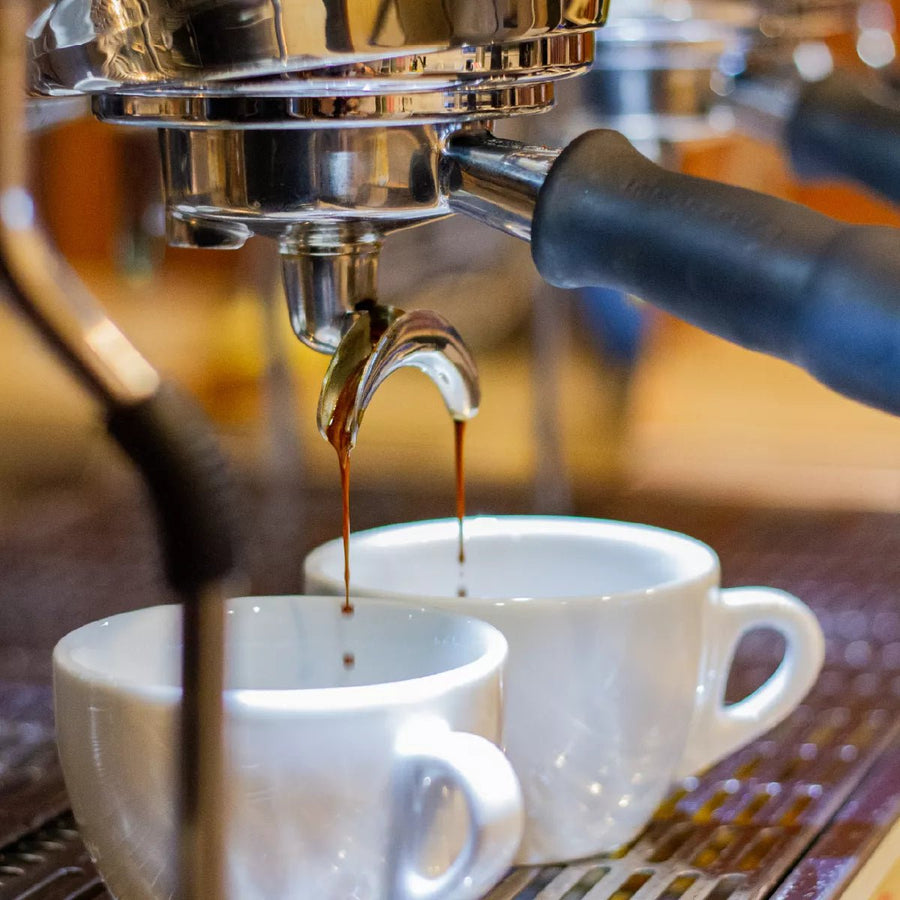Uncovering the Origins Behind Specialty SOE Single Origin Espresso
Wiki Article
Coffee Beans 101: Everything You Need to Learn About Coffee and Blended Coffee Beans
When it comes to coffee, recognizing the nuances of espresso and combined beans can transform your everyday cup. From the expanding process to toasting strategies, every action plays a role in your coffee experience.Comprehending Coffee Beans: Ranges and types
When diving into the globe of coffee, recognizing the types and ranges of coffee beans is important for every fanatic. You'll mostly run into 2 main varieties: Arabica and Robusta. Arabica beans are known for their smooth, intricate tastes and lower caffeine content, making them a favored amongst coffee aficionados. On the various other hand, Robusta beans load a punch with a stronger, more bitter preference and greater high levels of caffeine degrees, typically made use of in coffee blends.Ethiopian Yirgacheffe provides brilliant floral notes, while Colombian beans offer a well-balanced taste account. By familiarizing yourself with these beans and their tastes, you'll elevate your coffee experience and make even more educated choices in your brewing trip.
The Expanding Refine: From Seed to Bean
When you check out the trip of coffee, everything beginnings with seed selection strategies that set the foundation for quality. From there, farming and harvesting play essential duties in ensuring the beans grow. Finally, handling methods transform those gathered cherries right into the coffee beans you enjoy.Seed Choice Strategies
Picking the right seeds is essential for producing high-quality coffee beans, as it lays the foundation for the whole growing procedure. You need to start by selecting seeds from reputable sources that focus on quality and hereditary variety. Try to find varieties understood to grow in your certain climate and soil conditions. Focus on the seed's age and storage problems, as fresh seeds tend to germinate much better. When feasible, choose natural seeds to decrease direct exposure to unsafe chemicals. Take into consideration the illness resistance of various ranges, as this can greatly affect your yield. Don't hesitate to consult with regional farmers or professionals to obtain insights right into the finest seed alternatives for your area. This knowledge will boost your coffee-growing experience.Cultivation and Harvesting
As you support your coffee seeds into thriving plants, understanding the farming and harvesting process is vital for achieving the best flavor and quality. Start by planting your seeds in well-draining dirt, ideally in a shaded location to secure them from direct sunlight.Hand-picking is commonly the finest method to guarantee just the ripest cherries are chosen. Timing is important; harvesting too late or too early can impact the taste profile of your beans.
:max_bytes(150000):strip_icc()/__opt__aboutcom__coeus__resources__content_migration__serious_eats__drinks.seriouseats.com__images__20110830-espresso-main-248fa93e7b7644e3baabac416fd2579c.jpg)
Handling Methods Discussed
Once you've gathered your coffee cherries, the following crucial action is refining them to change those vibrant fruits right into the beans you'll make. There are 2 main techniques: the dry process and the damp procedure. In the completely dry procedure, you spread the cherries out in the sunlight to completely dry, permitting the fruit to ferment and pass on special tastes to the beans. On the other hand, the damp procedure entails getting rid of the fruit immediately and fermenting the beans in water, leading to a cleaner taste. After processing, the beans are hulled, sorted, and usually dried once more. Each method impacts the taste profile, so explore both can help you uncover your favorite brew. Recognizing these approaches is key to appreciating your coffee experience.Roasting Methods: Exactly How Taste Is Established
When it pertains to roasting coffee beans, recognizing roast degrees is essential to disclosing their special flavors. Each roasting strategy effects the aroma and enhances the taste advancement procedure, giving you a richer coffee experience. Allow's check out how these variables integrated to elevate your daily brew.Roast Degrees Discussed
Roast degrees play a crucial role in forming the taste profile of your coffee. When you choose a light roast, you'll delight in brilliant acidity and fruity notes. As you relocate to a medium roast, you'll discover an equilibrium of sweetness and intricacy, often highlighting delicious chocolate or caramel tastes. Dark roasts, on the various other hand, deliver vibrant, smoky characteristics with less acidity, making them abundant and robust. Each level results from different roasting times and temperatures, impacting the beans' chemical composition. By recognizing these degrees, you can better choose a coffee that matches your preference preferences. Experiment with different roasts to uncover which one resonates with you, enhancing your general coffee experience and enjoyment.Effect On Scent
The roast degree not just influences the preference of your coffee but likewise greatly influences its fragrance. When you pick a light roast, you'll commonly see intense, floral notes that can make your coffee smell fresh and lively. As the beans dim, the aroma shifts; a medium roast highlights extra balanced, caramelized scents, while a dark roast tends to include vibrant, great smoky touches. Each toasting technique releases different unstable substances, forming exactly how your coffee smells. Furthermore, the quality of the beans plays a vital function; freshly roasted coffee releases more fragrant oils, improving that attracting aroma. So, take notice of the roast degree-- it's crucial to revealing the full aromatic experience of your brew.Flavor Development Process
As you check out the taste growth process, you'll find that toasting strategies play an essential function in forming the preference account of your coffee. The roasting temperature and time straight affect the level of acidity, sweetness, and resentment of the beans. Light roasts maintain even more of the bean's initial flavors, highlighting fruity and floral notes.Espresso vs. Blended Coffee: Key Differences
Espresso and blended coffee each offer distinct experiences that accommodate different tastes and preferences. Coffee is a focused coffee brewed by forcing hot water through finely-ground coffee beans, leading to an abundant, bold taste and a velvety layer of crema on top. It's commonly enjoyed as a shot or made use of as a base for drinks like cappuccinos and lattes.On the various other hand, blended coffee integrates different beans from different areas, producing a more balanced flavor profile. You'll often find blends that highlight body, sweetness, or level of acidity, making them functional for various brewing approaches. While espresso concentrates on strength, mixed coffee might offer a wider series of flavors that can alter with each sip.
Inevitably, your choice between coffee and mixed coffee boils down to your personal choice. Whether you hunger for a leisurely mug or a quick jolt, both alternatives have something tasty to provide.

Developing Methods: Opening the Perfect Mug
When it involves brewing coffee, discovering the right approach can transform your experience and elevate your mug. Each developing technique has its distinct beauty and can significantly affect your coffee's flavor and fragrance. For instance, making use of a French press allows you to appreciate a full-bodied and abundant brew, while a pour-over approach provides a clean, bright cup with unique tastes.If you favor espresso, buying a quality equipment can help you understand the art of drawing shots. Conversely, for comfort, a Single Origin Espresso single-serve sheathing system offers rate without compromising preference.
Don't fail to remember concerning chilly brew, which delivers a smooth, much less acidic coffee perfect for hot days. Experiment with different approaches to uncover what reverberates with your taste.
Sampling Notes: Determining Taste Profiles
How can you truly value your coffee if you don't understand what tastes to look for? Tasting notes are your overview to recognizing the intricate world of coffee. Some coffees could leave a chocolatey or sugar aftertaste, while others might have a bright, clean finish.Consider the body of the coffee, as well; is it light and ventilated or thick and syrupy? Don't fail to remember acidity; a bright level of acidity can include sprightliness, while a reduced level of acidity might offer a smoother experience. By identifying these taste accounts, you'll deepen your connection with each mug, making coffee sampling a delightful trip of discovery.

Tips for Selecting and Storage Coffee Beans
Saving and picking coffee beans appropriately can considerably boost your developing experience. Beginning by selecting high-quality beans that fit your preference. Seek freshness; beans roasted within the last 2 weeks are excellent. Inspect the roast day on the product packaging, and purchase from regional stores or trusted roasters.When you have your beans, save them in a closed container to protect against exposure to wetness, air, and light. A dark, amazing area works best, so prevent keeping them in the fridge or freezer, as this can present dampness. Just grind the quantity you need to keep freshness; entire beans preserve taste longer than pre-ground coffee.
Lastly, try to use your beans within two to four weeks after opening for peak taste. Following these tips will ensure your coffee stays pleasurable and flavorful, elevating your day-to-day mixture to new heights.
Frequently Asked Questions
The Length Of Time Do Coffee Beans Keep Fresh After Roasting?
Coffee beans remain fresh for about two weeks after roasting - SOE. You should store them in an impermeable container, far from light and wetness. After that, their taste and fragrance start to lessen substantially
Can I Mix Different Coffee Bean Varieties?
Definitely, you can mix different coffee bean ranges! Explore blends can enhance tastes and create a special preference account. Simply make certain to stabilize the strengths and characteristics of each range for the ideal outcomes.What Is the Perfect Grind Size for Espresso?
For coffee, you'll want a great grind dimension, regarding the texture of common salt. This enables suitable extraction, resulting in an abundant, tasty shot. Experiment a little bit to discover what fits your taste best!Just How Does Elevation Affect Coffee Bean Flavor?
Elevation influences coffee bean flavor by affecting the growth rate and chemical composition. Greater altitudes bring about slower maturation, which improves level of acidity and complexity, offering your coffee a special and vibrant taste you will not neglect.Are There Decaffeinated Versions of Espresso Beans?
Yes, there are decaffeinated variations of coffee beans. You can take pleasure in an abundant espresso taste without the caffeine kick. Simply look for "decaf" blends at your regional coffee bar or specialized shop.Coffee Beans 101: Everything You Need to Know Regarding Espresso and Blended Coffee Beans.
When diving right into the world of coffee, recognizing the types and varieties of coffee beans is crucial for every lover.When it comes to toasting coffee beans, comprehending roast degrees is essential to exposing their unique flavors. Coffee is a concentrated coffee brewed by requiring warm water via finely-ground coffee beans, resulting in an abundant, bold taste and a creamy layer of crema on top.On the other hand, mixed coffee incorporates various beans from various regions, producing a more balanced flavor account.
Report this wiki page